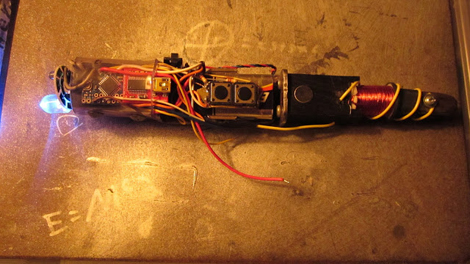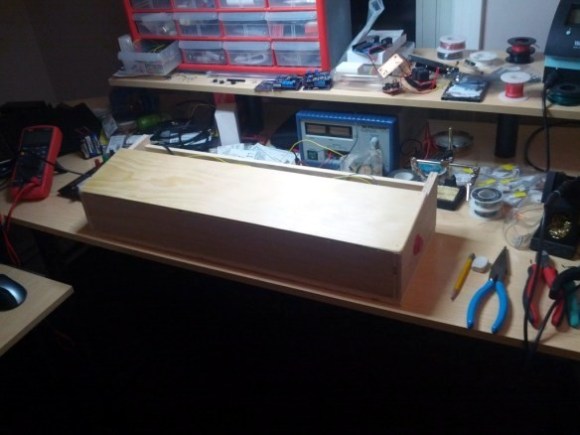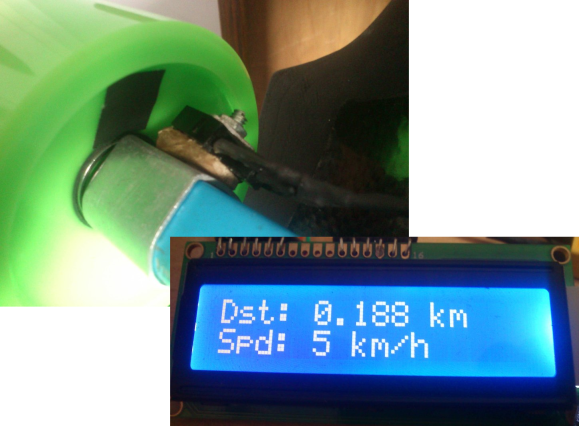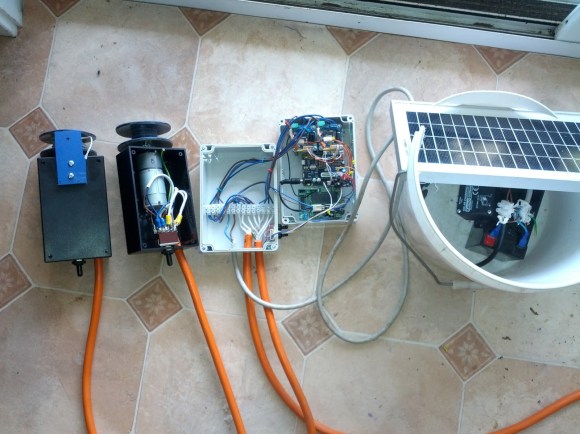
[Rodney Lederer] and his cat were bored after moving to a new city. He fixed that for both of them by taking on this project which turns a Wowwee robot into feline entertainment.
It’s no secret that cats have a weakness for the little red dot produced by a laser pointer. [Rodney] put that trait to work by automating the movement of a red laser pointer. After mounting it on a servo motor he got down to work programming an Arduino to move it in a playful manner. But it wouldn’t have been much fun if the this was only capable of preprogrammed patterns, so he also included an IR proximity sensor to help give the thing interactivity. Add to that the treaded robot base and you’ve got mobile cat entertainment. The proof is in the video after the break… the cat is certainly having fun chasing the dot. [Rodney] plans to work a bit more on his code so that the motions of the laser dot include a lot of different patterns to keep things exciting.
















